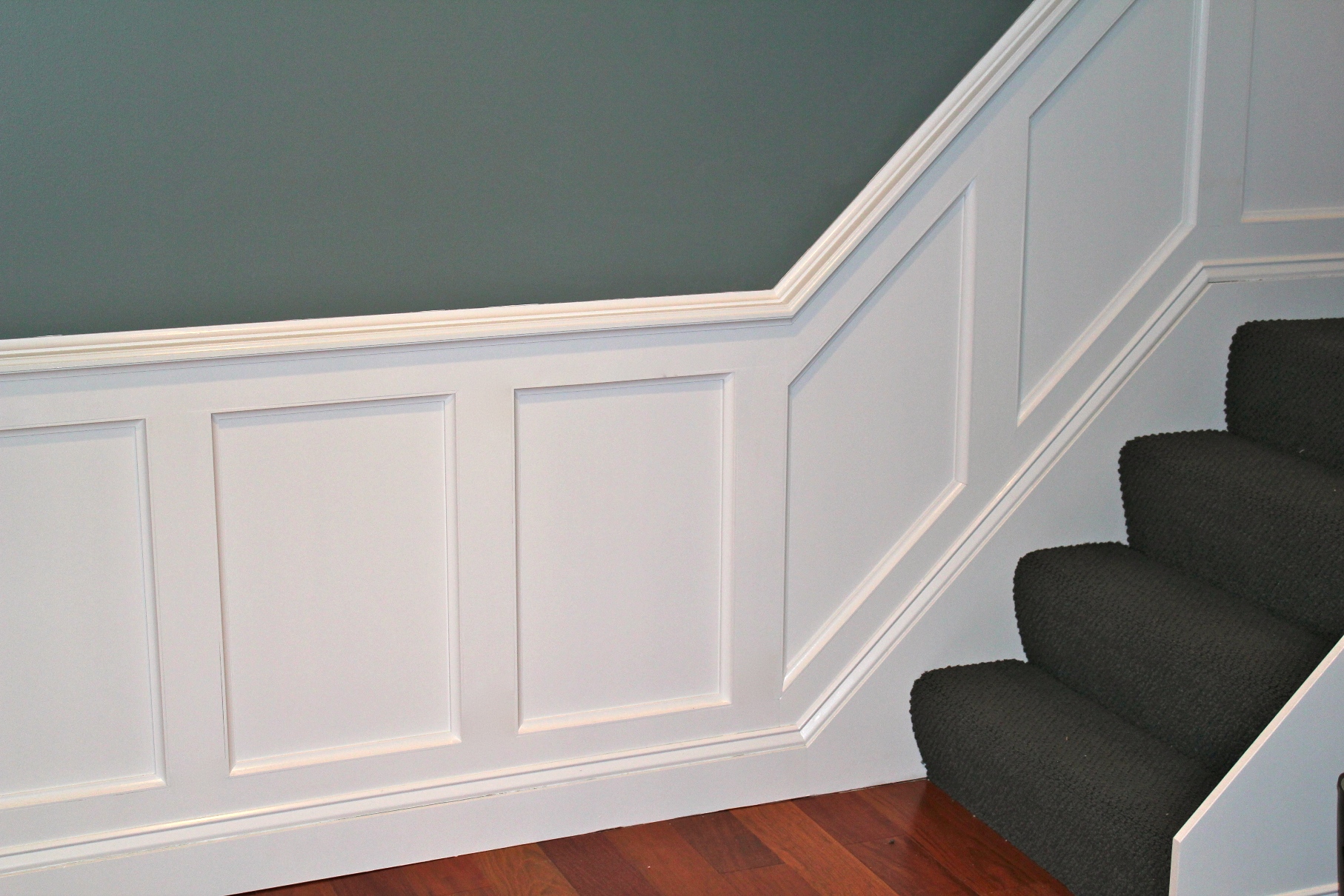What is Wainscot Paneling?
Wainscot paneling, a centuries-old wall treatment, offers a blend of timeless style and practicality. It’s more than just a decorative element; it adds architectural detail and protects walls from everyday wear and tear. Whether you’re drawn to the classic appeal of wood or the sleek lines of modern materials, wainscot paneling can transform any room. Interested in exploring wainscoting tile? We’ve got you covered. wainscoting tile
Why Choose Wainscot Paneling?
Wainscot paneling provides several benefits beyond its aesthetic appeal:
Protection
In high-traffic areas, wainscot acts as a shield against bumps, scuffs, and the inevitable wear and tear of daily life. This makes it a particularly good choice for hallways, mudrooms, and children’s play areas.
Value
Wainscot paneling is an investment in your home. It adds perceived value, suggesting attention to detail and enhancing its appeal to potential buyers.
Sound Dampening
Wainscot paneling can contribute to a quieter home by absorbing sound, creating a more peaceful environment.
Exploring Wainscot Styles
Wainscot paneling comes in a variety of styles, each offering a unique look:
Raised Panel
This classic, traditional style features recessed panels, creating a textured, almost three-dimensional effect. It adds a touch of formality and elegance.
Beadboard
Beadboard’s vertical grooves offer a cozy, textured look, perfect for adding a touch of rustic or cottage charm.
Flat Panel
Clean, simple, and versatile, flat panel wainscot is a great choice for both modern and classic interiors.
Board and Batten
This style uses vertical planks (boards) with thinner strips of wood (battens) covering the seams, adding rustic charm and architectural interest.
Shiplap
While sometimes considered a distinct style, shiplap, with its overlapping wooden boards, can also be incorporated as a wainscot, providing a rustic, farmhouse aesthetic.
Overlay/Applied Molding
For a budget-friendly option, overlay or applied molding can create the look of wainscot over existing flat surfaces.
Here’s a quick comparison:
| Wainscot Style | Description | Ideal For |
|---|---|---|
| Raised Panel | Recessed panels create a textured, formal look | Traditional or formal spaces |
| Beadboard | Vertical grooves offer a cozy, textured feel | Cottage-style or casual spaces |
| Flat Panel | Simple and versatile, smooth surface | Modern or classic spaces |
| Board and Batten | Vertical planks with battens covering seams | Rustic or farmhouse style spaces |
| Shiplap | Overlapping horizontal boards | Farmhouse or coastal spaces |
| Overlay/Applied Molding | Creates a wainscot look over flat surfaces | Budget-friendly updates |
Planning Your Wainscot Project
Before you begin, consider these key factors:
Height
Chair rail height (around 32-36 inches) is a common choice, but you can adjust the height to suit your preferences and the room’s proportions. The “golden rule” suggests one-third of the wall height, but this can be adapted. Current design thinking suggests prioritizing proportionality within the space.
Paint Color
The paint color significantly impacts the overall look. A contrasting color creates a bold statement, while a subtle shade adds quiet elegance.
Room Placement
Wainscot can be used in various rooms, including bathrooms, dining rooms, hallways, and bedrooms. Consider the room’s function and desired style.
Installation: DIY or Professional?
Pre-cut kits simplify DIY installation. However, complex designs or challenging materials may necessitate a professional for a flawless finish.
Cost vs. Return
Wainscot paneling costs vary depending on the material, design complexity, and installation method. Expect to pay between $5 and $20 per square foot. While an investment, wainscoting often adds value to your home, offering a potentially substantial return.
Paneling vs. Wainscoting: Key Differences
Although both cover walls, paneling and wainscoting differ in placement, style, and primary purpose. Wainscoting typically covers the lower portion of the wall and is primarily decorative, though it offers some protection. Paneling can cover any part of the wall and serves both decorative and functional purposes, such as insulation or soundproofing. Some consider wainscoting a type of paneling, designed specifically for the lower wall.
| Feature | Wainscoting | Paneling |
|---|---|---|
| Wall Placement | Lower portion | Any part, including ceiling |
| Style | Raised panels, stiles, and rails | Variety of styles, including flat panels |
| Primary Purpose | Decorative (with some protective benefits) | Decorative and/or functional |
| Material Options | Wood, MDF, PVC, etc. | Wood, MDF, PVC, plywood, and more |
The “Golden Rule” of Wainscoting Height
The traditional guideline suggests wainscoting should cover the bottom third of the wall. However, this is not a strict rule. In rooms with high ceilings, taller wainscoting may be more proportionate, while lower wainscoting can make a small room feel larger. The key is to maintain visual balance within the space.
The Origins of “Wainscot”
The word “wainscoting” likely originates from the Middle Low German term “wageschot,” meaning “wall board.” Originally, wainscoting served a practical purpose, protecting walls from dampness and damage. Over time, it evolved into a decorative element, adding elegance and architectural detail. The use of high-quality “wainscot oak” may have also contributed to the term.
Modern Wainscoting Materials
While wood remains a popular choice, modern materials like PVC, vinyl, and even metal offer durable, stylish, and often more affordable alternatives. Peel-and-stick options provide a convenient DIY solution.
Choosing the Right Wainscot for Your Home
Consider your home’s architectural style, the room’s function, and your personal preferences when selecting a wainscot style. Research different materials and explore online resources for inspiration. Consulting with a design professional can provide valuable guidance.
- How to Get Rid of Mushrooms in Your Lawn: A Complete Guide - April 24, 2025
- How to Get Rid of Ground Hornets: A Safe and Effective Guide to Eliminating Nests - April 24, 2025
- How to Get Rid of German Roaches Fast: DIY Methods for Quick Control - April 24, 2025










